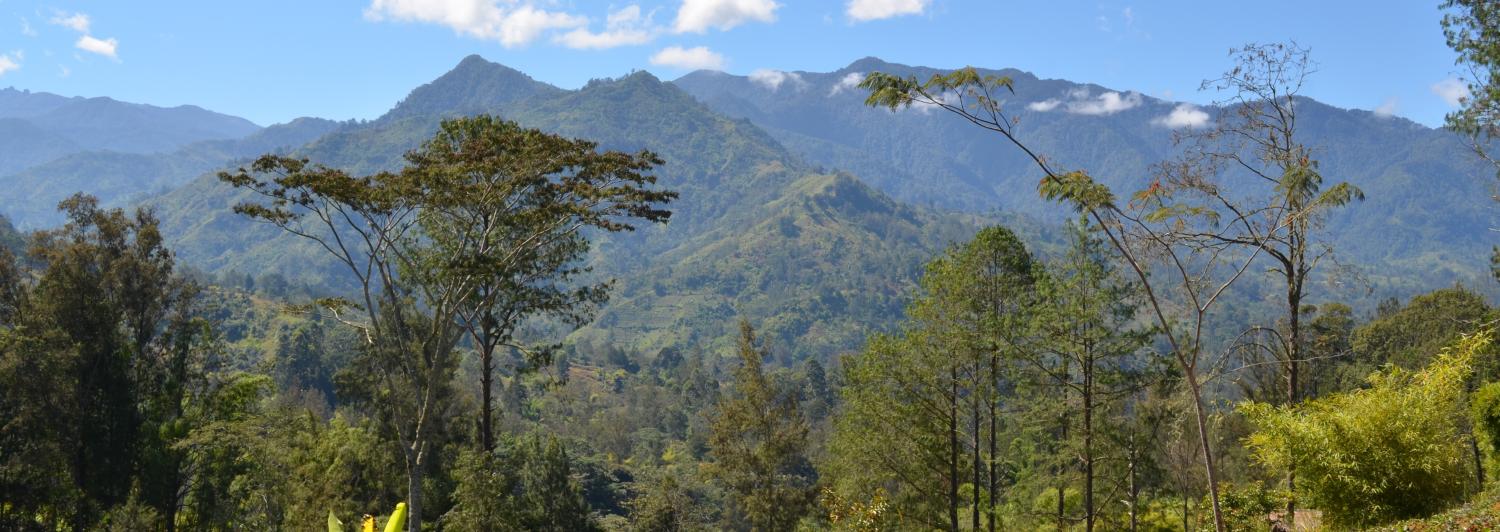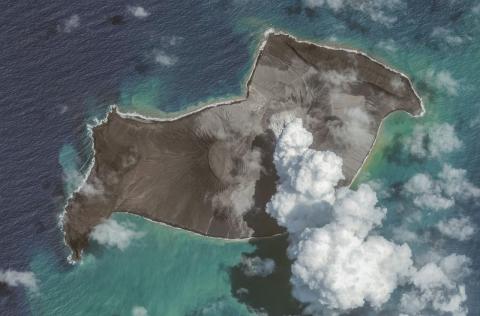This week the ABC announced it would end shortwave transmission services to the Pacific region early next year, delivering an estimated $2.8 million in savings. It’s unclear exactly how much of these savings will be ring-fenced for the ABC’s already stripped-back Pacific services.
I have a lot of sympathy with the ABC's position. Given the budgetary limitations facing the ABC’s international broadcasting services, it’s fair to argue that resources should be focused on the FM and digital services that have the most market penetration. The proliferation of ICT and mobile telephones across the region is not to be understated; you’re more likely to find a phone signal than running water or consistent electricity supply in rural PNG. There’s also a new generation of middle class Pacific islanders who get their news almost exclusively from social media. Freeing up resources to better tap into these markets seems like a reasonable decision.
But it’s the most disenfranchised in the Pacific, those in extremely remote communities that cell towers and FM radio still can’t reach, who are going to be deprived. Exactly how many people will lose out from the closure to shortwave (often a remote community’s only connection to the outside world) is hard to say, but I would hope that it’s information the ABC collected before making such a decision.
Weighing the arguments, it is understandable that the ABC made the decision to focus on FM and digital services. But it is profoundly disappointing that such a decision needs to be made at all. The gutting of Radio Australia has already made the ABC’s Pacific broadcasting a shell of its former self. With no other broadcaster poised or incentivised to fill the gap in the Pacific, we are witnessing a serious deterioration of international media engagement in the region.
It’s particularly hard to reconcile the cuts when you put $2.8 million into context. Our government is sending over $1.1 billion to the Pacific in 2016/17 alone. We have more than $20 billion invested in the region (see table 5 here). Compared to those numbers, the cost of maintaining the ABC’s shortwave presence is a rounding error.
The cut is particularly disappointing when considering Prime Minister Malcolm Turnbull’s rhetoric about the need for a step-change and a scaling up of all elements of our engagement in the region, and considering that the announcement was made at the same time as a prominent (and very welcome) high-level bipartisan political tour of the region.
This isn’t to say that blame for this decision should fall at the Coalition’s feet. The ABC isn’t exactly on great terms with the Coalition government, and the ABC may well be culpable of failing to both recognise and justify to government the vital importance of their international services, especially in the Pacific.
Still, the call has been made and the plug will soon be pulled. It provides the ABC with an opportunity to re-engage with the Pacific in new and exciting ways. This should start by setting aside the $2.8 million in savings for more Pacific programming. The ABC has been particularly vague on how these savings will be reprioritised. When addressing the Lowy Institute in August, ABC Managing Director Michelle Guthrie outlined a focus on:
…exploring new distribution channels to reach people and an expanded content offering for the region that would include English and Tok Pisin (or pidgin English) audio content and an enhanced Pacific Beat News service.
The first step towards reaching this target is a firm commitment to reinvest the shortwave savings back into Pacific programming. There are any number of ways in which this injection of resources could be effectively used, but I have three suggestions:
1. The ABC should rebuild its journalistic capacity to get out to the region more and investigate more in-depth stories. The Pacific Beat team does a valiant job but as they operate on a shoestring budget they pull their content together from their base in Melbourne and aren’t able to travel to the region extensively. Such efforts would have the added benefit of further developing domestic media across the Pacific through working side-by-side with seasoned ABC journalists.
2. The ABC should follow through on its commitment to investing in FM receivers throughout the region and expanding their syndications and partnerships with a growing domestic media. Of course, a patchwork of FM towers across the region won’t provide the full coverage that shortwave currently does, so investments would need to be made strategically in order to cover the largest number of people. There should be a focus on those in remote cyclone-prone areas that rely on the ABC’s broadcasting services for safety alerts. The ABC should provide a timetable of this rollout to ensure that as much as possible of their shortwave audience tunes back in once services are again made available.
3. The ABC should invest in significantly enhancing its social media presence in the region. Anyone who has spent any time in the Pacific will know that the majority of young urbanites now consume information through Facebook. Tapping into this market, as well as feeding Pacific Beat content into the vibrant blogosphere and social media news groups, would help to greatly increase the ABC’s audience in the region.
The ABC plays a critical role in a region starved of international journalistic attention. By pulling the plug on shortwave services it runs the risk of tuning the Pacific out entirely. That would be a grave mistake, and a significant own goal for Australia’s soft power reach in the region. I can only hope that the ABC’s executives recognise what’s at stake, and back up Guthrie’s rhetoric with a solid commitment to further fund Pacific-oriented services. Our nearest neighbours deserve that much.
Photo: Wikimedia/EGuide Travel


